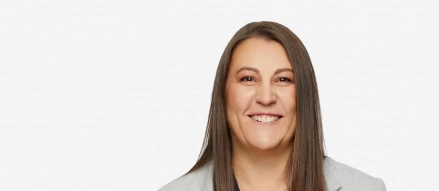
Inflation Reduction Act includes major 179D additions
On August 16, President Joe Biden signed the Inflation Reduction Act into law. It includes updates to the value of the 179D tax deduction, adds new eligible building types, new methods for calculating energy savings/amended energy targets, and a deduction reset for buildings where a 179D benefit had previously been taken. The following is a summary of the major new provisions, which will become effective for projects placed in service starting January 1, 2023.
Updated deduction amounts
Under the existing law, the available tax deduction ranges from $0.60/sq.ft. to $1.80/sq.ft. ($0.63/sq.ft. - $1.88/sq.ft. for projects placed in service in 2022) based on the amount of energy savings a project achieves over a standard baseline building. The Inflation Reduction Act updates the base tax deduction to $0.50/sq.ft.-$1.00/sq.ft. unless a taxpayer meets certain prevailing wage requirements and apprenticeship targets, then the deduction significantly increases to $2.50/sq.ft.-$5.00/sq.ft. Many jurisdictions require prevailing wage and apprenticeship targets for certain project types, meaning some taxpayers may automatically see a significant increase in qualifying tax deductions.
Alternative qualification rules for retrofits
Another notable update is the inclusion of an alternative compliance path for building retrofits which allows savings to be determined based on the pre-retrofit energy consumption of the building. Under the existing 179D rules, energy savings for retrofits are based on the improvement over a recent ASHRAE baseline building, which can be difficult for retrofits where only one system is upgraded - such as a lighting project, or chiller upgrade – since the entire building would be compared to this standard building, including systems that were not upgraded. Under the new legislation, there is likely to be an increase in the number of retrofits qualifying, due to an alternative path for compliance where, if a retrofit can show a 25% reduction in pre-project energy consumption, the building can qualify for the 179D tax benefit.
New qualifying building types
The existing 179D benefit is currently available to commercial building owners and the primary designers of government buildings. The Inflation Reduction Act expands the government-designer benefit to include non-profit and tribal government buildings, including private universities and non-profit hospitals/health care facilities, among many others.
Deduction reset
Under the existing ruleset, buildings were able to take up to the $1.80/sq.ft. tax deduction throughout the building’s lifetime. Since this law was originally enacted in 2006, many buildings have undergone multiple renovations and upgrades over the 16 years it has been available, but were only able to capture, the $1.80/sq ft tax deduction benefit once.
The new legislation corrects this, providing a three-year reset on any deduction taken. This means buildings that continually upgrade their systems can utilize the benefits in order to continue improving energy efficiency.
Mazars' insight
As taxpayers invest in energy efficiencies it is important to explore what tax benefits are available to them with the expansion of the 179D rules. Reach out to the Mazars team for an evaluation of your project specifics, running the necessary energy models to determine what the tax deduction may be, and assistance with necessary tax filing.
The information provided here is for general guidance only, and does not constitute the provision of tax advice, accounting services, investment advice, legal advice, or professional consulting of any kind. The information provided herein should not be used as a substitute for consultation with professional tax, accounting, legal or other competent advisers.

